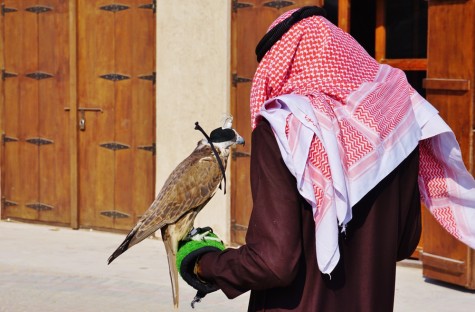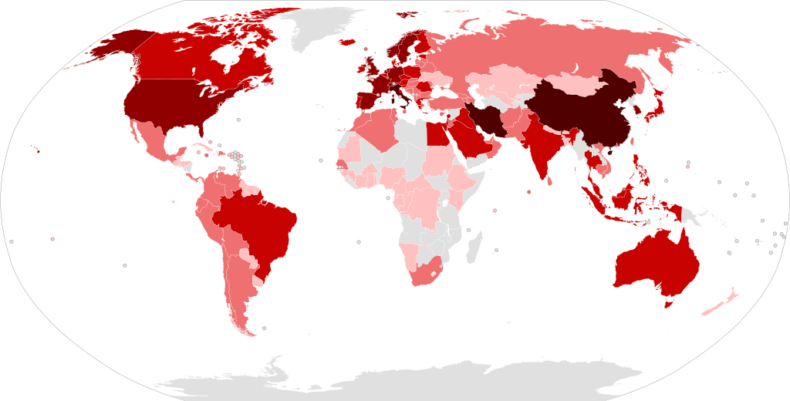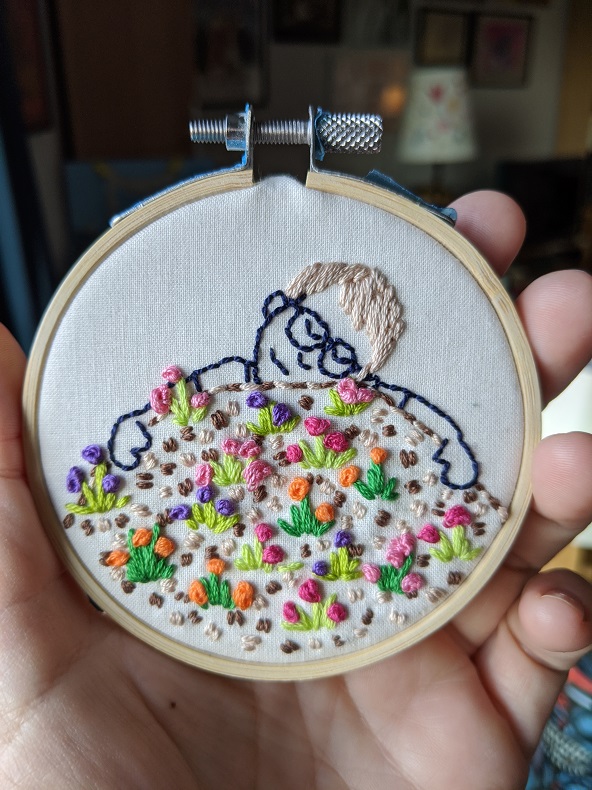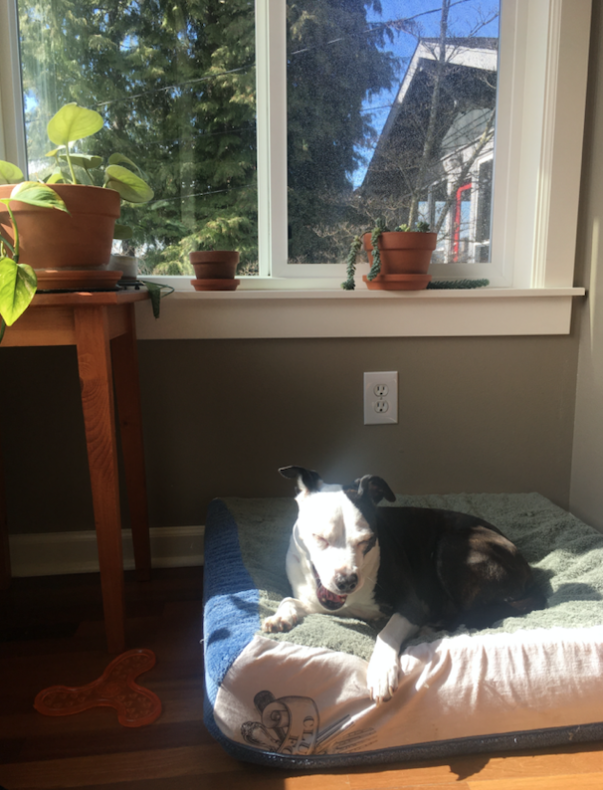
The afternoon Seattle schools closed, I sat at my desk, pretending to work as if our society weren’t being turned upside down. When I looked outside, I saw a gaggle of girls in private school uniforms. This is normal; I often see kids on my street walking home from school and to one another’s houses, or riding their bikes around in an orderly fashion. But it was not a normal day and there was a distinct snow day energy. The girls had found a grocery cart — the nearest grocery store is a mile away, so your guess is as good as mine — and were pushing each other down the sidewalk. AIYIYIYIYIYI! they screamed. They seemed to be the kind of good kids who had never broken the rules, and their excitement was palpable. But their cart-pushing technique was still cautious, all little nudges forward. Perhaps in a few weeks’ time, I thought, they’ll be a bit more feral; perhaps they’ll shove with reckless abandon.
That was in the early days of coronavirus. Now all libraries, bars, restaurants, gyms, museums, and gathering spaces are closed, too. My partner, like millions of people, has been laid off, albeit hopefully temporarily. We are stressed and sad. Usually, my reaction to those emotions is to plan — but that’s another thing we cannot do. It is both a curse and a privilege to have more time than ever; if my partner could get another job, he would, but no one is hiring. Meanwhile, our friends who work in healthcare or in grocery stores and our friends with children are busier than ever. But in our home, we’re asking ourselves: who are we with less work, when capitalism has loosened its grip on our days? Who are we when the culture of side hustles and monetizing your hobbies and Doing The Most is impossible? What will we do with our time?
I started a puzzle.
I watched a hummingbird float straight up into the air, weightless, the impossible way UFOs do in those grainy eye-witness videos.
I startled a robin in a bush and it startled me back.
I noticed the buds on a camellia bush and made a mental note to come back in a few days.
I ran around the lake.
I ran around the lake again.
I called my mom, then my dad. I called my mother-in-law, my sister-in-law, my high school friends, my college friends, my writer friends. Everyone has a story; everyone is unsure. The one refrain I’m hearing is that we are glad to have community. We are grateful to have each other.
I am constantly writing. Texts, emails, slack messages, tweets, blog posts, journal entries, news pieces. I can’t stop. At first I wondered if this was still capitalism at work — that the cult of productivity has sunk itself so deeply into me that I can’t stop producing even when I don’t have to. But the writing I’m doing feels like it’s coming from some other place, wherever it was that I used to go as a child writing fanfiction or in my diary. It’s reflexive; it’s the only way I’m processing what’s happening.
My Planner Pad, usually an indispensable part of my life, sits neglected off to the side of my desk.
I don’t wear real pants any more.
Through video chat, I saw my friend drinking a La Croix, and felt a pang of longing for this thing they had that I didn’t. Then I watched that want disappear when I realized I would need to leave my house for it.
Our hair grows longer every day.
I’ve cooked paneer, fried rice, black beans and veggie quesadillas, orzo with feta and olives. I’ve forgotten what tater tots taste like and I don’t even miss them.
My dog lays out in the sun for an hour every day, and when she comes back inside, I smell her belly.
I rode my bike through the woods and passed a mom and dad grinning ear to ear, hiding behind a tree as their child counted down from 10 for hide and seek.
As this stretches on for the months to come, in what other ways will we become more wild? Who do we want to be on the other side of this?
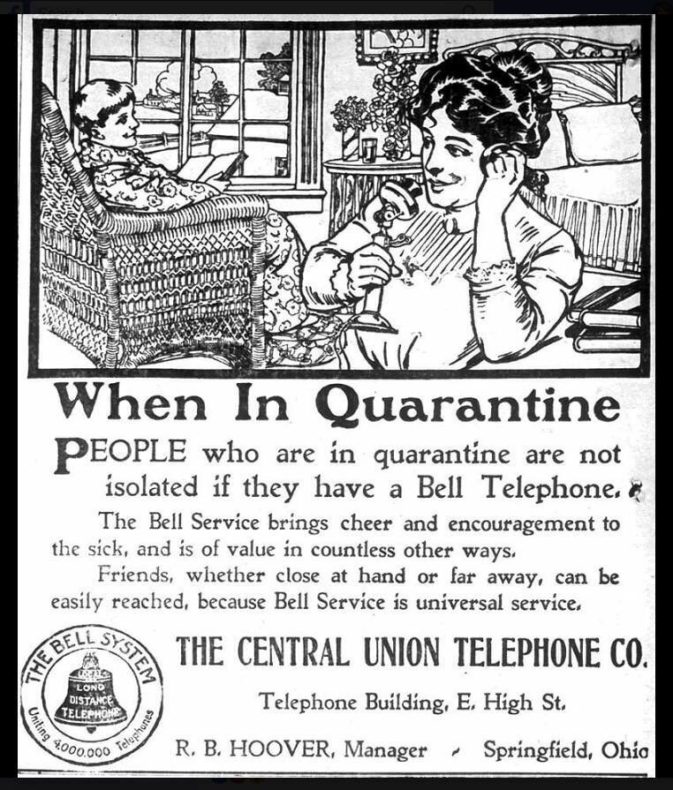

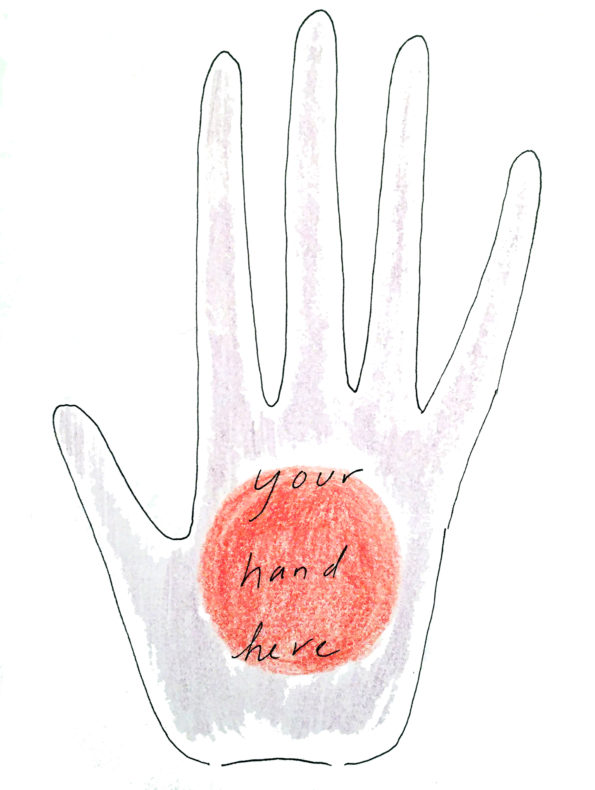
 Day 1
Day 1